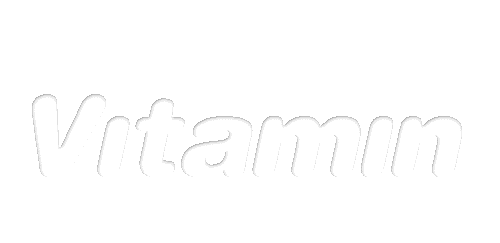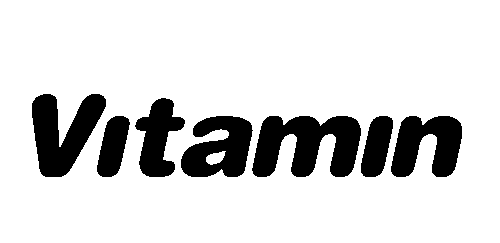The video game industry has long relied on sophisticated game engines to create interactive worlds, but recent advances in AI technology are shaking up this model. A new study explores the potential of generative models in video game development, focusing on the ability to generate game visuals and actions directly from AI models without the use of traditional engines. This approach could revolutionize how games are developed, offering unprecedented accessibility to creators worldwide.
The research centers around MarioVGG, a text-to-video diffusion model specifically designed for the classic game Super Mario Bros. This model showcases how generative AI can produce consistent, controllable game footage, simulate player actions, and create coherent game environments based on simple text prompts.
The Power of Generative AI in Video Games
Generative models have made significant strides in recent years, especially in image, text, and audio generation. The leap into video generation brings both challenges and opportunities, as video involves complex spatial and temporal dynamics. MarioVGG tackles these challenges by leveraging pre-trained diffusion models, which traditionally transform noise into structured data (like images or videos). These models, when applied to video games, aim to generate playable scenarios and game actions seamlessly from a text prompt like "jump" or "run."
In the case of MarioVGG, the model is trained to interpret basic commands and generate sequences of game frames that mimic what a player might see while playing Super Mario. The system does more than create visual footage; it simulates gameplay mechanics such as physics, movement, and interaction with objects in the game world.
Controlling the Action with Text Prompts
One of the biggest innovations of MarioVGG is its use of text prompts to control game actions. A user can input simple instructions like "run right" or "jump," and the model generates corresponding game footage. Unlike previous methods that relied on complex game engines, MarioVGG removes the need for manual coding and animation. It automatically simulates movements and reactions to the game's environment, making the game generation process far more accessible to non-expert users.
The model is able to generate not just a single action but can chain together sequences of actions to create continuous gameplay. This chaining ability allows MarioVGG to generate longer, more complex videos that mimic actual gameplay more closely.
Game Environment Generation
Another key feature of MarioVGG is its ability to procedurally generate environments. As Mario moves through levels, the model creates new, coherent surroundings that fit the game's style and mechanics. For example, if Mario jumps off a platform, MarioVGG generates an appropriate landing spot, obstacles, and other in-game elements based on what would make sense in a real Super Mario Bros scenario.
This procedural generation of environments and game elements eliminates the need for human designers to build every single aspect of the game world. AI can now assist in filling in the details, saving time and expanding the creative potential for game developers.
Challenges and Future Directions
While MarioVGG represents an exciting step forward, it does have limitations. The model struggles with certain complex game mechanics, such as accurately simulating all physics rules or ensuring full continuity across long game sequences. Sometimes, Mario may fail to land on platforms correctly or disappear during certain actions, showing that more refinement is needed to make these models robust enough for full game development.
Additionally, the inference time – the time it takes for the model to generate frames – is not yet fast enough for real-time interactive gameplay. However, with further development, including optimization techniques and expanded datasets, these limitations could be overcome, bringing AI-generated games closer to reality.
A Glimpse Into the Future of Game Development
MarioVGG offers a tantalizing glimpse into what the future of game design could look like. By leveraging AI and generative models, game creation may become as simple as typing a series of commands, with the AI doing the heavy lifting of rendering, animating, and simulating complex game environments and mechanics.
As AI continues to evolve, we may see a shift where developers, artists, and even hobbyists can create entire games without needing traditional engines. The possibilities for democratizing game development and expanding creativity in this space are immense.
In conclusion, while the idea of replacing traditional game engines with AI-generated systems like MarioVGG is still in its early stages, this research demonstrates the enormous potential for generative AI in video games. With continued advancements, we could soon see a world where creating interactive, engaging games is within reach for anyone with an idea and a keyboard.
-
See more @ .








